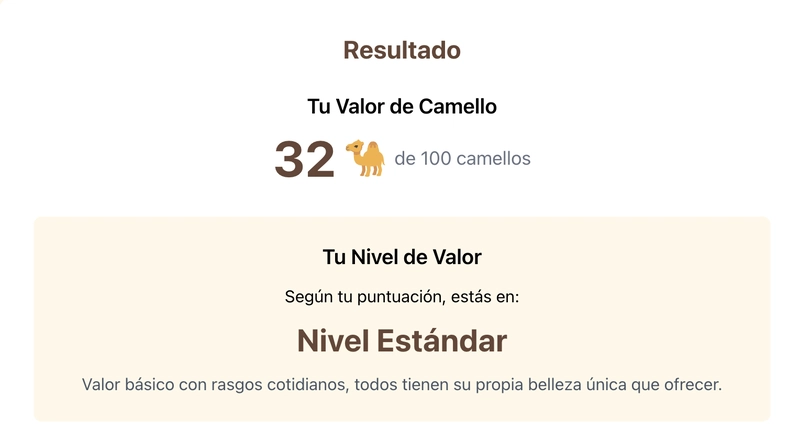The Ultimate 2025 Guide to Choosing a No-Code Tool (23 Best Picks)
Originally published at https://www.nocobase.com/en/blog/how-to-choose-a-no-code-tool. No-code tools have become a go-to solution for individuals and businesses looking to quickly build applications and automate workflows. Whether you’re creating an internal management system, setting up a website, or streamlining repetitive tasks, no-code platforms provide an efficient way to get things done. But with so many options available, choosing the right one can feel overwhelming: Which tool best fits my needs? What are the key differences between popular no-code platforms? How can I avoid wasting time and money on the wrong tool? If you jump into choosing a tool without defining your needs first, you might fall into the trap of selecting a platform first and then trying to figure out how to use it. This often leads to frustration, increased costs, and, in some cases, having to start over with a different tool. So before you decide, ask yourself one crucial question: "What exactly do I need this tool for?" In this guide, I’ll walk you through a step-by-step process to help you identify your needs and recommend the best no-code tools for different scenarios. By the end, you’ll have a clear understanding of which tool suits you best! Step 1: Define Your Needs—What Type of No-Code Tool Do You Need? Let’s start with four common use cases to help you pinpoint your specific requirements. ✅ Building Business Systems If you’re looking to develop a long-term business management system, such as CRM, inventory tracking, or approval workflows, you need a no-code tool that can handle complex data, manage permissions, and support business processes.

Originally published at https://www.nocobase.com/en/blog/how-to-choose-a-no-code-tool.
No-code tools have become a go-to solution for individuals and businesses looking to quickly build applications and automate workflows. Whether you’re creating an internal management system, setting up a website, or streamlining repetitive tasks, no-code platforms provide an efficient way to get things done.
But with so many options available, choosing the right one can feel overwhelming:
- Which tool best fits my needs?
- What are the key differences between popular no-code platforms?
- How can I avoid wasting time and money on the wrong tool?
If you jump into choosing a tool without defining your needs first, you might fall into the trap of selecting a platform first and then trying to figure out how to use it. This often leads to frustration, increased costs, and, in some cases, having to start over with a different tool.
So before you decide, ask yourself one crucial question:
"What exactly do I need this tool for?"
In this guide, I’ll walk you through a step-by-step process to help you identify your needs and recommend the best no-code tools for different scenarios. By the end, you’ll have a clear understanding of which tool suits you best!
Step 1: Define Your Needs—What Type of No-Code Tool Do You Need?
Let’s start with four common use cases to help you pinpoint your specific requirements.
✅ Building Business Systems
If you’re looking to develop a long-term business management system, such as CRM, inventory tracking, or approval workflows, you need a no-code tool that can handle complex data, manage permissions, and support business processes.











































































































































































![[The AI Show Episode 142]: ChatGPT’s New Image Generator, Studio Ghibli Craze and Backlash, Gemini 2.5, OpenAI Academy, 4o Updates, Vibe Marketing & xAI Acquires X](https://www.marketingaiinstitute.com/hubfs/ep%20142%20cover.png)




























































































































![[DEALS] The Premium Learn to Code Certification Bundle (97% off) & Other Deals Up To 98% Off – Offers End Soon!](https://www.javacodegeeks.com/wp-content/uploads/2012/12/jcg-logo.jpg)


![From drop-out to software architect with Jason Lengstorf [Podcast #167]](https://cdn.hashnode.com/res/hashnode/image/upload/v1743796461357/f3d19cd7-e6f5-4d7c-8bfc-eb974bc8da68.png?#)








































































































.png?#)

































_Christophe_Coat_Alamy.jpg?#)
 (1).webp?#)





































































































![Apple Considers Delaying Smart Home Hub Until 2026 [Gurman]](https://www.iclarified.com/images/news/96946/96946/96946-640.jpg)
![iPhone 17 Pro Won't Feature Two-Toned Back [Gurman]](https://www.iclarified.com/images/news/96944/96944/96944-640.jpg)
![Tariffs Threaten Apple's $999 iPhone Price Point in the U.S. [Gurman]](https://www.iclarified.com/images/news/96943/96943/96943-640.jpg)




































































































































